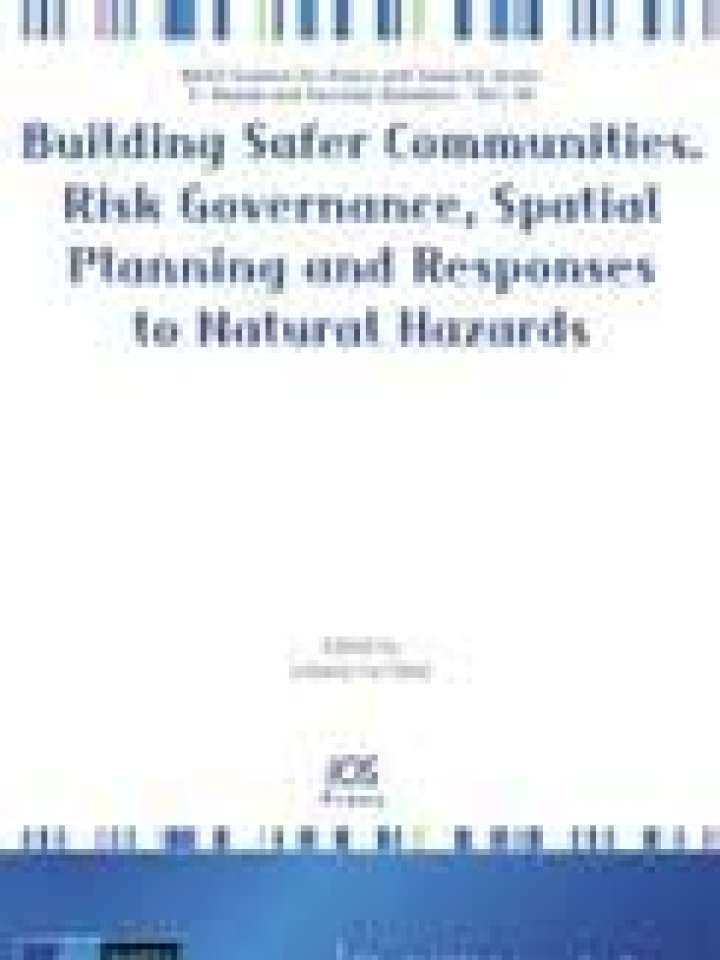Building safer communities: risk governance, spatial planning and responses
NATO science for peace and security series E: human and societal dynamics, volume 58:
This book brings together seventeen contributions from different disciplines to discuss the directions and key components of risk governance. It is intended to risk scholars and includes among other issues: the analysis of proactive approaches to the governance of risk from natural hazards; and approaches to broaden the scope of public policies related to the management of risks from natural hazards, including emergency and environmental management, community development and spatial planning.
The texts further explore how spatial planning can contribute to risk governance by influencing the occupation of hazard-prone areas, and review the central role of emergency management in risk policy. This work is aimed to contribute significantly to the augmentation of the conceptual framework of risk governance and increase the awareness of practitioners and decision-makers to the need to adopt proactive policies, leading to a more integrated, participative, and adaptive governance that can respond more efficiently to the increasing uncertainty resulting from escalating risk exposure and global environmental change.
Explore further
